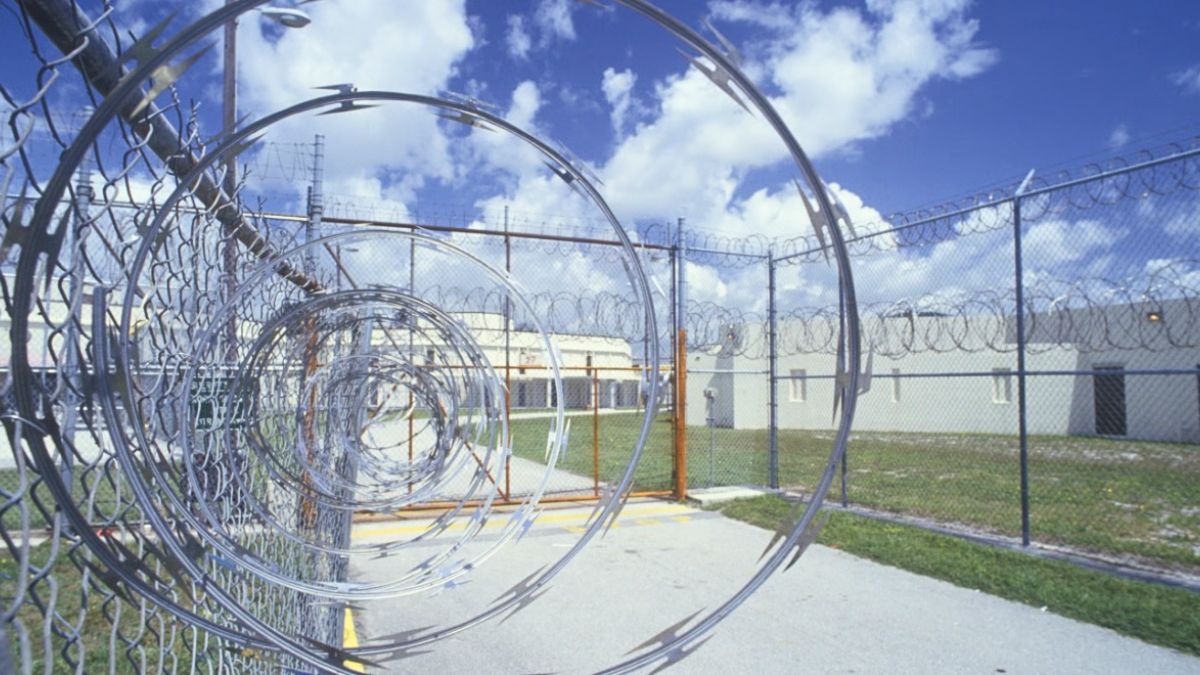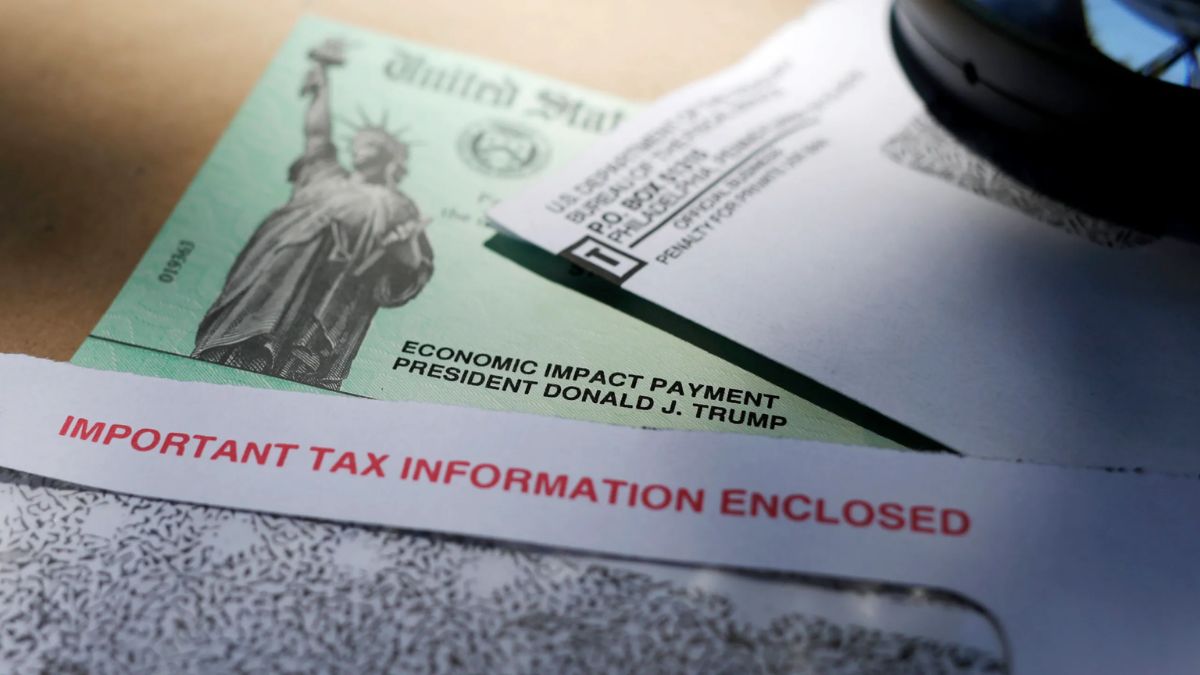Imagine working for decades, counting on Social Security to have your back when you retire or can’t work anymore—only to find out the money might not be there. That’s the worry millions of Americans are facing right now. If you’re working, paying taxes, or even just planning for your future, this issue affects you too. So, what’s the deal with Social Security, and why are people saying it’s running out of money?
Let’s break it down in simple terms.
Basics
Social Security is a U.S. government program designed to give people financial support when they retire, become disabled, or if a family member passes away. It’s one of the biggest and most important safety nets in the country.
But here’s the problem: the money that keeps this program running is being used up faster than expected. If nothing changes, the fund used to pay retirees and survivors could run out by 2033. And if that happens, people won’t get their full benefits. They’ll only get a portion of what they were promised.
Sources
Where does all this money come from? Mainly from workers just like you. Here’s a simple breakdown:
| Source | Description |
|---|---|
| Payroll Taxes | Taken out of every paycheck (12.4% total) |
| Taxes on Social Security | Some people pay taxes on the benefits they get |
| Interest Income | The trust fund earns a bit of money through interest |
There are also two main Social Security funds:
- Retirement and Survivors Trust Fund – This pays people who retire, their families, and survivors.
- Disability Trust Fund – This supports those who are too sick or injured to work.
Risk
Now here’s the scary part: if nothing changes and the main retirement fund dries up in 2033, the program will only be able to pay 77% of scheduled benefits. So if someone expects to get $1,000 a month, they might only get $770.
And if both funds were combined? That would keep full payments going only until 2034, then drop to 81% after that. Not great news for anyone depending on that money to live.
Taxes
So, how do we fix this? One big idea is raising payroll taxes.
Currently, workers pay 12.4% of their income, with half paid by the employer and half by the employee. But if we want Social Security to last another 75 years, that number would need to increase to 16.05%. That’s an extra $110,000 in taxes over a full 45-year career.
And if we want to make Social Security last forever? The rate would go up to 17.6%, meaning some workers could pay over half a million dollars in lifetime taxes just for Social Security.
Ideas
Experts agree: something needs to be done—and soon. Otherwise, young workers today could end up paying more and getting less.
Some senators have pitched a bold plan: create a $1.5 trillion investment fund that invests in stocks and other higher-return assets to help boost the program’s income. It’s a riskier approach, but one that could bring in more money than the current system, which relies mostly on payroll taxes and low-return government bonds.
Reality
At the end of the day, this affects everyone—not just older people or retirees. If you work, plan to work, or even think about retiring someday, Social Security matters. The earlier lawmakers act, the less painful the solution will be.
So, what do you think? Is paying more in taxes worth it to save the system—or should we find new ways to make it last?
FAQs
When will Social Security funds run out?
The retirement fund may run out by 2033 if nothing changes.
How much do workers pay into Social Security?
Workers pay 12.4% of their income, split with their employer.
What happens if funds run out?
Only 77% of promised benefits would be paid after 2033.
What’s the fix for Social Security’s future?
Raise taxes or invest funds to increase long-term revenue.
Who is affected by Social Security changes?
Everyone who works, retires, or plans to retire in the U.S.
























